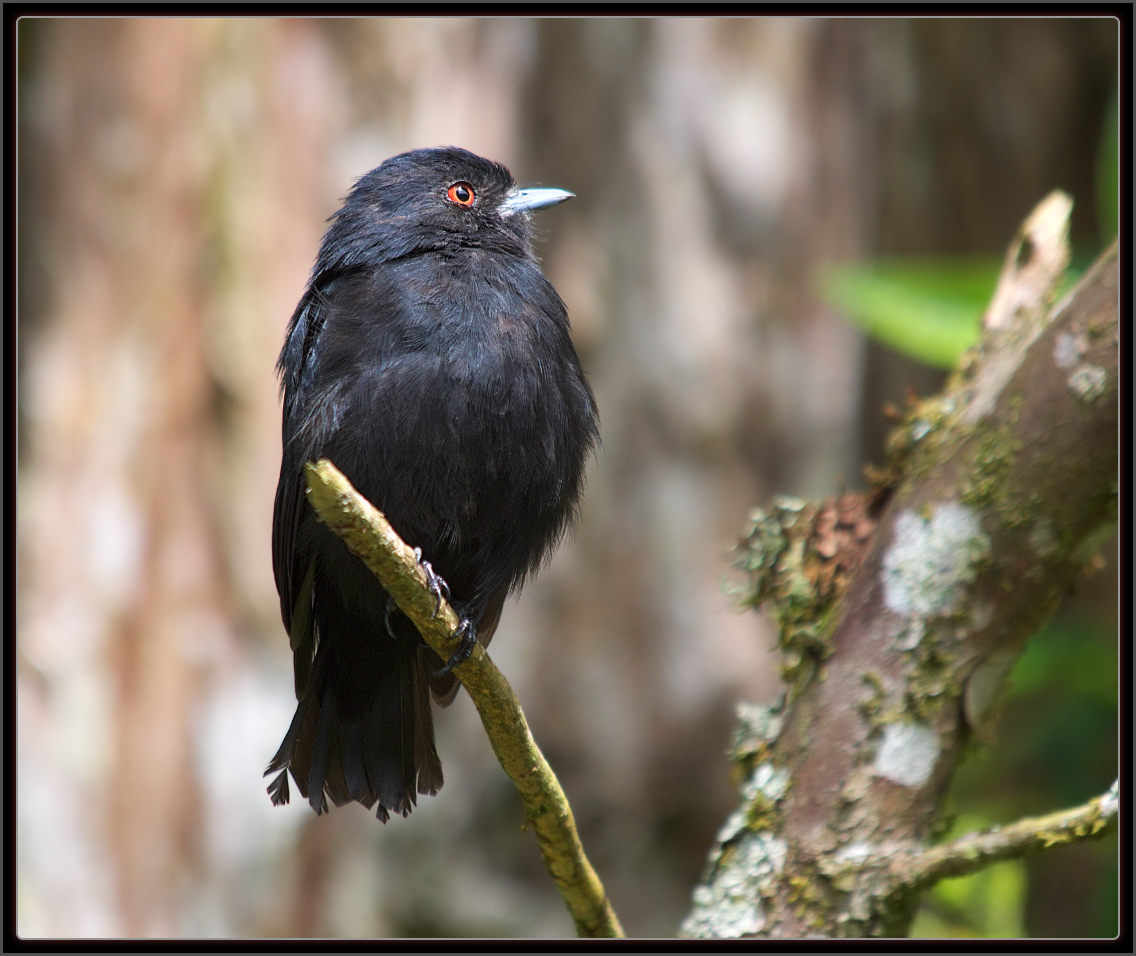I looked at these first four images (I am assuming 100% crops) and concluded one of the following.
1. The OP let the camera focus and the first four are completely out of focus.
2. The OP turned off IS for all the first four images and the images are blurred due to camera movement.
3. Both lenses are defective.
I took a photo of my grey roof focusing on the bottom of a 2,5 inch vent from approximately 20 meters and raised the shutter speed to give f5.6. The full resolution image is attached. Then I took the OP image a selected the same number of pixels around the only detail in the first image and took the same number of pixels from the focus point from my image. Note the difference in clarity (Olympus Viewer 3 conversion to tiff, LR - sharpening 35 with radius .7 and saved as jpg from CS6 - no noise reduction) compared to the image OP image. You can easily read the small print on the vent cover that says you should tear out the center ring for a 3 inch vent.

Funny conclusions you arrived to. I don't need to conclude anything, but just read what you wrote: you processed the images completely differently (sharpening! proprietary software that who knows what other presets apply, totally different RAW processors...), you took a shot of a different image, you were a few thousand miles away (different days, humidity, heat from the roofs, etc).
Anyway, I've a sharpening slider too. I swear!

Something I also did was to shoot hand held, since this is the only thing that matters to me (if it is the IBIS that doesn't work well with the 50-200, it is irrelevant for me). Certainly that added small amounts of blur. Yet, the crop you choose was at 1/400s, while the toucan was at 1/30s. And, as I wrote, I took 10 pics of everything, with virtually identical results.
Cheers,
L.
--
My gallery:
http://luis.impa.br/photo






